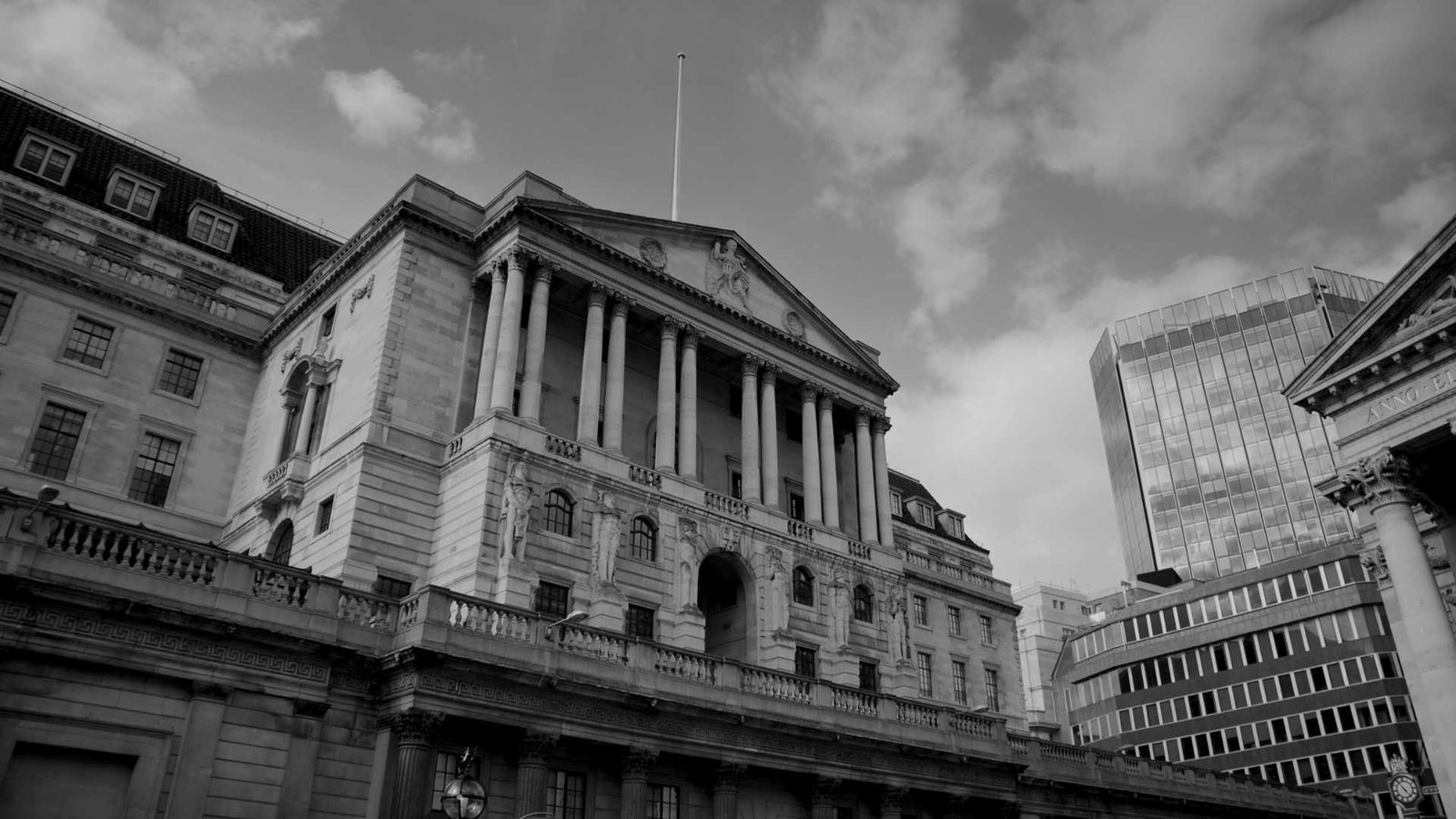Original Source: Quant
Over the last five years, investment in cryptocurrency increased from $100 billion to a market cap of $3 trillion in November 2021. During that time, crypto went mainstream. In the UK, ads for crypto exchanges popped up on the underground, billboards and sports stadiums. Consumers were attracted to this new, high-performing asset class that offered steep returns compared to dull, slow-growing traditional markets. On an institutional level, many financial services organisations began to adopt digital assets as a new way to transform financial instruments, access new markets and unlock illiquid assets. However, there was a dark side. Many people, some of whom could least afford it, were ill-educated on the risks, volatility, and stability of these assets.
Since then, the crypto market has crashed, and a ‘second winter’ has seen the market cap slide below $1 trillion in June 2022. A combination of factors prompted this decline. The invasion of Ukraine and rampant inflation incited investors to sell off risky assets. And specifically, the May 2022 collapse of Luna and TerraUSD (UST) stablecoin sent shockwaves throughout the industry, and deeply concerned regulators tasked to supervise against such systemic risks.
The danger of algorithmic stablecoins
One particularly worrying aspect of the Terra Luna debacle is that UST is a perceived stablecoin, meaning it is supposed to offer investors a relatively safe way to hedge against volatility. However, while this may be true of collateralised stablecoins supported by a pegged currency such as the USD; UST was not backed to this same level. Instead, it was algorithmic, using complex mathematical rules to maintain its peg with the (fiat or crypto) currency it tracked.
In UST’s case, its native cryptocurrency, Luna, was supposed to maintain its peg with the US dollar, and its holders were offered exceptionally high yields of 20 per cent. Contributing to the crash was a lack of investor awareness of the risks and an attraction to unrealistic promises of unusually high returns. Additionally, the crash may have been avoided, or at least partially mitigated, by the implementation of a proper regulatory framework.
Designing fit-for-purpose regulation
Within the last year, calls for regulation have become louder and more widespread. On 22 May 2022, the president of the European Central Bank, Christine Lagarde, said that crypto should be regulated because it has no underlying assets to ‘act as an anchor of safety’, so investors could ‘lose it all’. Just a few days before, a White House Executive Order detailed the US policy goals on digital assets, which included taking “strong steps to reduce the risks that digital assets could pose to consumers, investors, and businesses in the United States”. Meanwhile, just this month the UK’s new chancellor Nadhim Zahawi said he was aiming to “reinforce the UK’s position as a leading centre for technology” through the safe adoption and regulation of stablecoins.
But recognising the need for regulation is one thing: designing, agreeing and implementing it is quite another. There is an inherent conflict at the heart of the issue: making the digital trading world safer also makes it less profitable. A balance must be struck between protecting consumers and creating a market where innovation is encouraged and the fintech ecosystem can grow.
It’s impossible to regulate for every scenario; rules must be flexible, dynamic and evolve with the times. And while the regulation of digital assets is burdensome, decentralised finance will prove particularly complex. DeFi is inherently global and stateless by nature, operating almost entirely outside the current regulatory perimeter.
As investors pour in, the systemic risk grows
In June 2022, Celsius network, a DeFi lending platform with nearly $11.7 billion in assets, paused withdrawals, sending more shocks to the crypto industry. The company had offered investors steep, risk-free yields that were poorly leveraged.
Celcius’ value plummeted, and Canada’s second-largest pension fund CDPQ, which backed Celcius’ $750 million Series B funding, was on the hook. As traditional finance invests in crypto, the risks to the financial system can spread.
Regulators have long considered these systemic risks and how stablecoins are backed in emerging crypto and digital asset regulations.
New EU and UK rules aim to tackle the risks
The EU provisionally agreed to Markets in Crypto-Assets Regulation (MiCA) in June 2022. Designed to complement anti-money laundering practices and enhance consumer protections, the proposals require crypto-asset service providers to protect consumers’ wallets, secure the infrastructure of digital assets and be liable if they lose investors’ funds. The regulation applies AML and market abuse regulations to cryptoassets, requiring the European Banking Authority maintain a public register of non-compliant providers.
Importantly, MiCA takes a strong position on stablecoins to protect consumers and maintain the integrity of central banks. It requires that every stablecoin issuer will have a 1:1 liquid backing, partially in the form of deposits. Stablecoin holders can access funds at any time, free of charge by the issuer.
The EBA also sets out rules for large stablecoins with more than 10 million users or a reserve of assets worth more than €5 billion. These will need to be issued from the EU and supervised by the EBA. Issuers would be subject to strict operational and prudential rules.
To prevent stablecoins from threatening central bank controls, there is a cap on stablecoins from becoming too large; they can’t exceed €200 million of transactions per day. Finally, the European Securities and Markets Authority will be given powers to restrict crypto platforms if they fail to protect investors or threaten market integrity.
The UK has also now published its Financial Services and Markets Bill, which regulates “certain types” of stablecoins as a form of payment.
The law – which still needs to pass through parliament – will require stablecoin issuers to be licensed by the Financial Conduct Authority (FCA). While relatively light-tough at this stage, the bill opens the door to stricter oversight in future.
The bill will also lead to the creation of a new FCA and Bank of England-based sandbox, providing a way for the financial sector to explore the use of blockchain technology.
International regulation can get the balance right
MiCA in particular is a major step forward, and the UK Treasury has said that its efforts to regulate crypto are part of a broader plan to make the UK a hub for digital payment companies. “There’s a genuine opportunity to build on our strengths in fintech to unleash the potential of crypto-technologies,” said John Glen, Economic Secretary to the Treasury, at the April 2022 Innovate Finance Global Summit. Meanwhile, other jurisdictions continue to weigh the options.
The future of financial services is digital. Ultimately, appropriate regulation should be a force for good. It can put in place the infrastructure to complement our existing systems, and encourage the exponential growth of new and better forms of money and digital assets whilst protecting consumers and markets, alike.
Looking to the future, a sound regulatory framework shakes out bad actors and brings significant benefits to the industry, investors and societies alike. While each jurisdiction may take a slightly different approach, the emerging framework shows that the market is reaching a much-needed new stage of maturity.































































